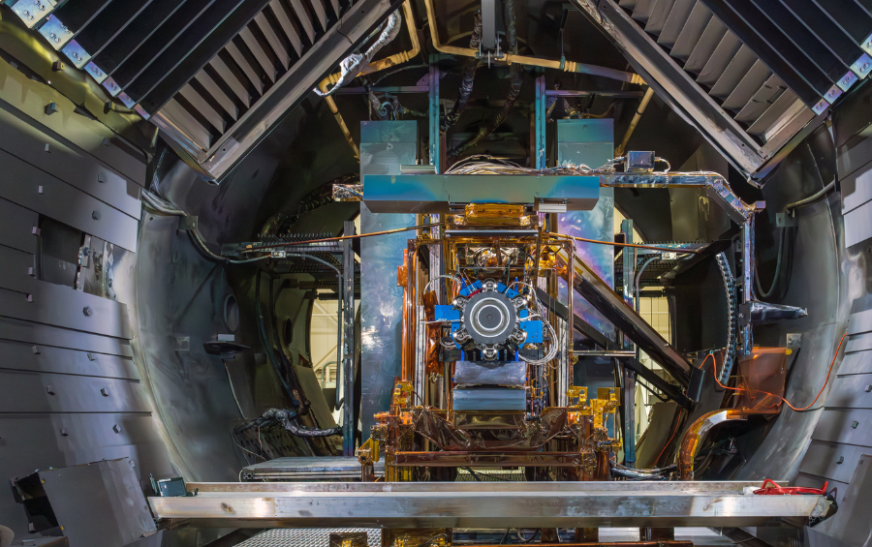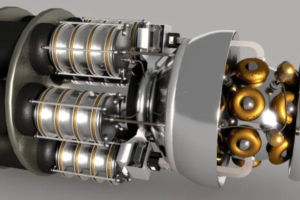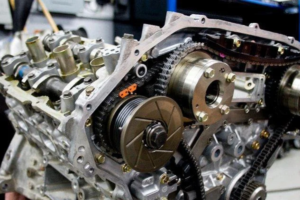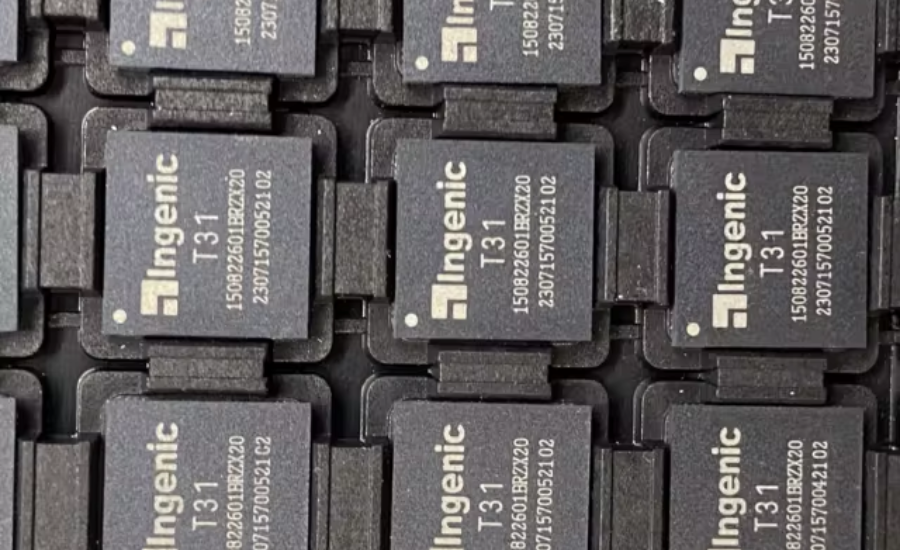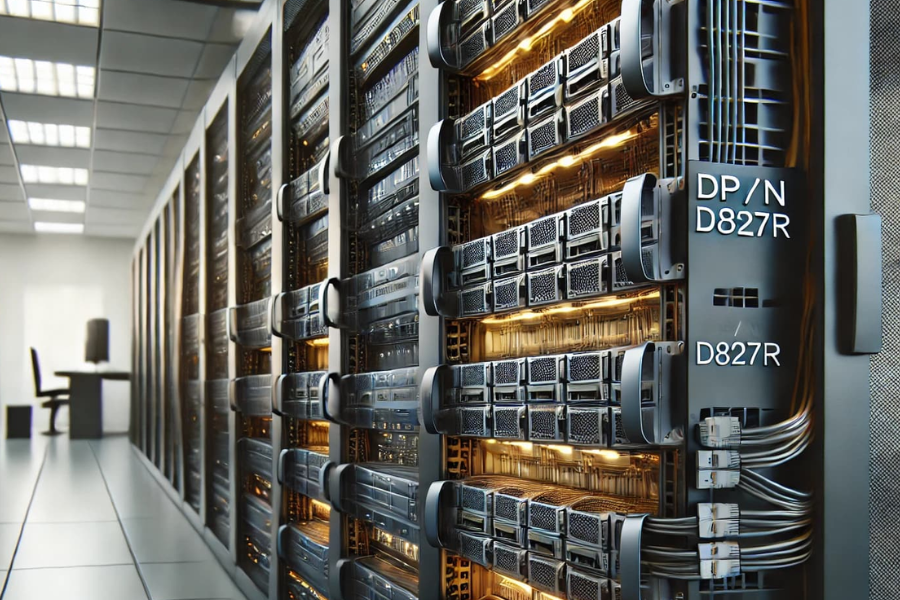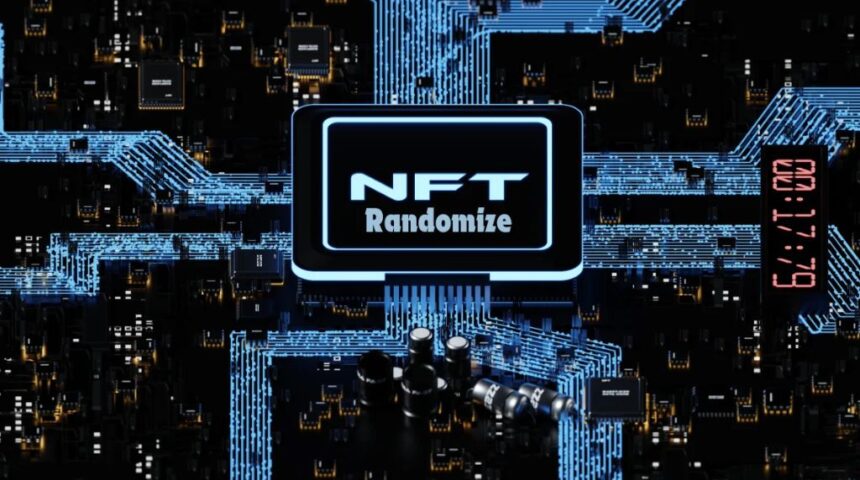As humanity pushes the boundaries of space exploration, the need for cutting-edge propulsion technologies becomes ever more critical. While we’ve made great strides with chemical rockets, missions targeting Mars, deep space, and even interstellar travel demand a new approach. This is where Advanced Propulsion SSFX SSFX Propulsion enters the picture. With the promise of faster, more sustainable travel, SSFX could change the landscape of space exploration, providing the capability to reach farther and explore more efficiently than ever before.
What Is SSFX Propulsion?
SSFX stands for Space Systems Flux Exchange, a next-gen propulsion system grounded in the principles of quantum mechanics, plasma physics, and electromagnetic field manipulation. Unlike conventional propulsion methods, which rely on chemical fuel to produce thrust, SSFX utilizes the exchange of electromagnetic energy to generate movement. The result is a propulsion method that promises greater efficiency, faster travel speeds, and environmental sustainability for space missions.
- Reduced Fuel Usage: SSFX reduces the need for heavy fuel loads, offering an alternative to traditional chemical propellants.
- Increased Speed: SSFX systems could enable spacecraft to travel at much higher speeds than existing technologies.
- Eco-friendly Solutions: By minimizing fuel consumption, SSFX offers a greener solution to space exploration, significantly reducing environmental impact.
How Does SSFX Work?
At the core of Advanced Propulsion SSFX lies the interaction between electromagnetic fields and charged particles. This interaction enables spacecraft to generate thrust without relying on traditional fuel combustion. Let’s break down the process and key components in more detail.
1. Plasma Generation and Manipulation
One of the key innovations of SSFX is the use of plasma, a state of matter consisting of ionized gas particles. In this process, gases are heated to extremely high temperatures or exposed to intense electromagnetic fields, causing them to lose electrons and become ionized.
Plasma Generators
The spacecraft’s propulsion system includes plasma generators that produce these high-energy charged particles. These generators ionize gases, such as hydrogen or argon, to create a flow of charged particles—essentially plasma. This plasma is the fuel that powers the SSFX system.
- Plasma creation: A gas (often hydrogen or another simple element) is superheated or ionized through electrical discharge.
- Plasma flow: The plasma is directed and controlled to flow along a designated path, typically using electromagnetic fields.
Once the plasma is created, it needs to be manipulated efficiently to produce thrust. This is where the next critical component of SSFX technology comes into play: the magnetic field controllers.
2. Magnetic Field Manipulation
After generating plasma, the next step is directing its movement to create propulsion. Instead of relying on chemical reactions to expel fuel, SSFX uses electromagnetic fields to push and pull the charged particles of plasma.
Magnetic Field Controllers:
The SSFX system employs sophisticated magnetic field controllers to precisely manipulate the plasma. By adjusting the strength and orientation of the magnetic fields around the spacecraft, the system can guide the plasma and direct its motion in a controlled manner.
- Field generation: Superconducting magnets or other specialized materials generate powerful, adjustable magnetic fields.
- Thrust production: As the plasma interacts with these fields, it experiences forces that accelerate it, creating a directional push that propels the spacecraft forward.
The advantage of this method is that it allows for propulsion without the need for propellants to be expelled at high velocity. Instead, the interaction of plasma and magnetic fields produces a gentle but continuous thrust, ideal for long-duration space travel.
3. Energy Transfer and Quantum Mechanics
To achieve efficient propulsion, the SSFX system relies heavily on the principles of quantum mechanics to manage energy transfer. By harnessing quantum energy states, the system optimizes the interaction between electromagnetic fields and plasma particles, reducing energy loss and enhancing thrust production.
Quantum Energy Management
Quantum energy management involves manipulating the way energy is transferred and utilized within the propulsion system. It allow the system to make more efficient use of the energy involved, minimizing waste and maximizing the power output of the SSFX system.
- Energy optimization: Quantum mechanics can be used to control the flow of energy through the system at a fundamental level, ensuring that as much of the energy as possible contributes to thrust generation.
- Lower energy consumption: By leveraging quantum states, the system can achieve propulsion with lower energy consumption compared to traditional rocket engines, making it more sustainable.
Through quantum energy management, SSFX systems can achieve high-efficiency propulsion, reducing the need for vast amounts of energy that traditional methods would require for similar tasks.
4. Sustained and Efficient Propulsion
The combination of plasma generation, magnetic field control, and quantum energy management allows SSFX technology to offer a continuous and efficient thrust.
- Continuous thrust: SSFX provides smooth, ongoing acceleration that doesn’t require fuel combustion or expulsion, making it ideal for extended missions like interplanetary travel or deep space exploration.
- Efficiency over time: The system can operate for long periods with minimal energy consumption, meaning less concern for fuel depletion during lengthy space missions.
5. The Role of Superconducting Materials
An often-overlooked aspect of SSFX systems is the use of superconducting materials for magnetic field control. These materials can carry electric currents without resistance, making them essential for maintaining the powerful magnetic fields needed to manipulate plasma efficiently.
- Superconducting magnets: Used to create extremely strong and stable magnetic fields, which are necessary for guiding plasma and producing thrust.
- Reduced energy loss: Superconducting materials help minimize energy loss during the propulsion process, ensuring that more of the energy goes toward accelerating the spacecraft.
Why Is SSFX Crucial for Space Travel?
Traditional rocket systems, while effective for launches, are not ideal for extended space travel. Chemical propellants burn through fuel quickly, and spacecraft need to carry enormous amounts to sustain long-distance journeys. This limitation is especially problematic for missions that venture beyond Earth’s orbit.
Long-Distance Travel
As we target more ambitious destinations like Mars or distant moons, SSFX could vastly reduce travel time, allowing for swifter and more fuel-efficient journeys.
Sustainability
The environmental concerns tied to space exploration are growing. SSFX systems use minimal fuel, reducing waste and emissions that come with traditional rocket fuel. This makes them a promising option for more sustainable space missions.
Potential Applications of SSFX Propulsion
The possibilities for SSFX propulsion extend far beyond crewed missions. Here are just a few of the potential applications:
- Interplanetary Missions
With SSFX, we could halve the time it takes to travel to planets like Mars, which would radically change our approach to interplanetary exploration and colonization. - Exploring the Farther Reaches of Space
SSFX opens doors for longer-duration missions to explore outer space—sending spacecraft to asteroids, moons, or even far-off planets in a more time-efficient and fuel-conserving manner. - Space Tourism
The dream of space tourism could become a reality, with SSFX technology enabling faster, more affordable, and safer trips between Earth and low Earth orbit.
The Challenges of SSFX Propulsion
While SSFX propulsion is incredibly promising, there are several challenges to overcome before it can become a mainstream technology.
High Energy Demands
To create and control plasma effectively, spacecraft would need powerful onboard energy systems, possibly including nuclear reactors, to generate the required magnetic fields and plasma emissions.
Miniaturization
One of the major hurdles will be making SSFX systems compact enough to fit aboard spacecraft without compromising their performance. Balancing size and power output will be key to widespread adoption.
Testing and Reliability
The technology is still in development. Rigorous testing will be required to ensure that SSFX systems are safe, reliable, and capable of functioning optimally in the harsh conditions of space.
Frequently Asked Questions
Q: What does SSFX stand for?
A: SSFX stands for Space Systems Flux Exchange, a cutting-edge propulsion technology that uses electromagnetic fields and plasma to generate thrust without relying on chemical propellants.
Q: How does SSFX differ from traditional propulsion methods?
A: Traditional rocket engines rely on the combustion of fuel to generate thrust, whereas SSFX utilizes electromagnetic fields and plasma, allowing for more efficient, faster, and eco-friendly propulsion.
Q: When will SSFX be ready for use?
A: While SSFX technology is still in the experimental phase, experts predict it could become operational within the next 20 to 30 years, though continued breakthroughs in science and engineering are necessary for its practical implementation.
Q: Can SSFX be used for Earth-bound applications?
A: Currently, SSFX is tailored for space travel, but elements of the technology, particularly the plasma generators, could have future applications in terrestrial industries such as materials processing or energy production.
Q: How much faster is SSFX compared to current rocket systems?
A: SSFX technology could reduce travel times significantly, potentially halving the duration of interplanetary journeys like those to Mars, compared to the speeds achievable with chemical rockets.
Conclusion
The development of Advanced Propulsion SSFX represents a monumental shift in space travel. This innovative system has the potential to make space exploration faster, more efficient, and sustainable, offering solutions for long-duration missions, interplanetary travel, and beyond.

